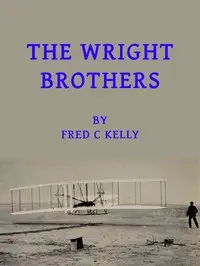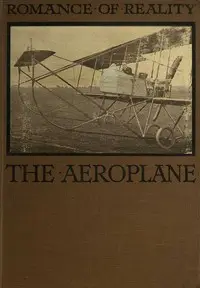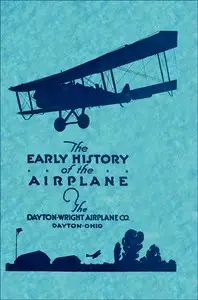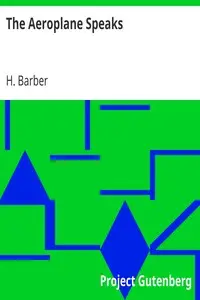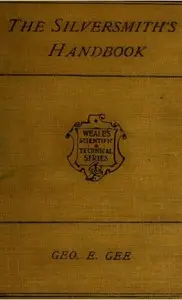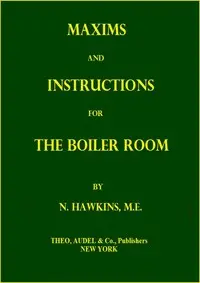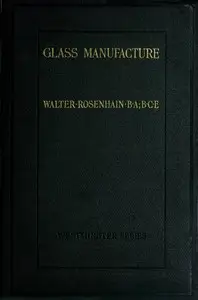"The Early History of the Airplane" by Orville Wright is a historical log that traces the Wright brothers' determined path to inventing the airplane at the beginning of the 1900s. The book recounts their journey, starting with early experiments with kites and gliders, while exploring ideas of flight. It details their wing-warping discoveries, and demonstrates balancing and controlling flight. It all culminates in the historical first powered flight on December 17, 1903, revealing their endless dedication to conquering air travel and laying the foundation for the field of aviation.

The Early History of the Airplane
By Orville Wright
Two brothers face numerous scientific challenges, ultimately achieving the impossible: sustained, powered flight.
Summary
About the AuthorThe Wright brothers, Orville Wright and Wilbur Wright, were American aviation pioneers generally credited with inventing, building, and flying the world's first successful airplane. They made the first controlled, sustained flight of an engine-powered, heavier-than-air aircraft with the Wright Flyer on December 17, 1903, four miles (6 km) south of Kitty Hawk, North Carolina, at what is now known as Kill Devil Hills. In 1904 the Wright brothers developed the Wright Flyer II, which made longer-duration flights including the first circle, followed in 1905 by the first truly practical fixed-wing aircraft, the Wright Flyer III.
The Wright brothers, Orville Wright and Wilbur Wright, were American aviation pioneers generally credited with inventing, building, and flying the world's first successful airplane. They made the first controlled, sustained flight of an engine-powered, heavier-than-air aircraft with the Wright Flyer on December 17, 1903, four miles (6 km) south of Kitty Hawk, North Carolina, at what is now known as Kill Devil Hills. In 1904 the Wright brothers developed the Wright Flyer II, which made longer-duration flights including the first circle, followed in 1905 by the first truly practical fixed-wing aircraft, the Wright Flyer III.




